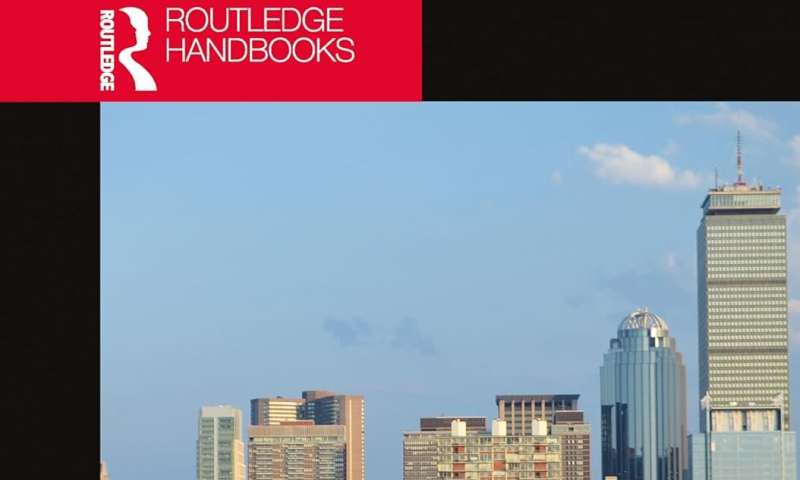Architecture professor co-edits book on reducing carbon emissions of buildings

Embodied carbon is the term for the materials and greenhouse gas emissions associated with material manufacturing, construction, maintenance and demolition of a building.
According to Rahman Azari, associate professor of architecture in the Penn State College of Arts and Architecture's Stuckeman School and founding director of the Resource and Energy Efficiency (RE2) Lab in the school's Hamer Center for Community Design, embodied carbon has been gaining significant interest in the past few years as discussions surrounding sustainability, energy efficiency and the environment grow more intense.
In December 2023, Azari and Alice Moncaster, professor of sustainable construction in the School of Architecture and the Environment at the University of West England Bristol, co-edited "The Routledge Handbook of Embodied Carbon in the Built Environment," a handbook exploring the topic of embodied carbon from a variety of angles.
"In this book, we invited people from different universities with a specialty in embodied carbon to contribute book chapters in which they write about their research on embodied carbon from various scales and perspectives," Azari said. "Some of the contributors speak about their research on urbanist scale embodied carbon, while others speak about material-scale or building-scale embodied carbon research."
The book encompasses five sections: questions and debates about embodied carbon to frame the discussion on the topic; approaches and policies regarding embodied carbon; urbanist-scale perspectives; building-scale perspectives; and material-scale perspectives. The authors offer research, debate and case studies regarding embodied carbon on every scale.
"What we are trying to do differently with this book is examine embodied carbon at various scales," Azari said. "Most of the previous research on embodied carbon focuses on embodied carbon at the scale of material and buildings, but embodied carbon at an urbanist scale is becoming more and more important."
The book is intended not only to serve as guidance for upper level students, researchers and working architects, but also to serve as a comprehensive collection of research that will ignite change in policies regarding architecture and carbon emissions, according to the authors.
"This topic is gaining a lot of interest and attention in the past few years, as most countries do not have regulations about embodied carbon and how we should capture it," Azari said. "In the United States, we don't have mandatory building codes to tell us what the threshold or the maximum embodied carbon should be that a building can emit."
In November 2022, Azari co-chaired the Embodied Carbon Symposium at Penn State where the some of the book's authors presented their research. Each session of the research symposium corresponded to a section of the book.
"The main takeaway is that there is a need, an urgency, to regulate and mitigate greenhouse gas emissions," Azari said. "We, in the building sector, have a major responsibility to contribute to those efforts because buildings significantly contribute to emissions through embodied carbon."
Provided by Pennsylvania State University